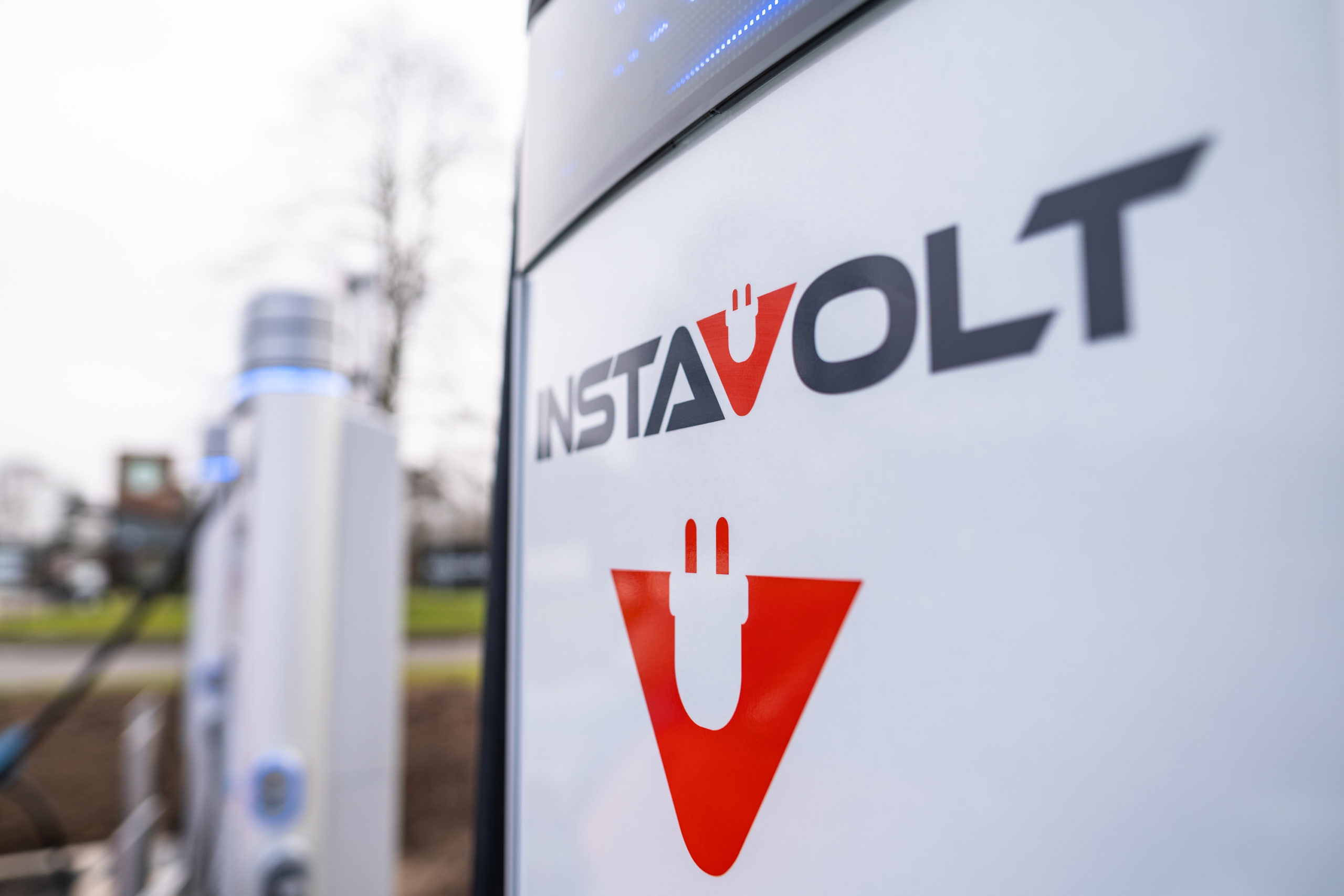FULL SELF-DRIVING (BETA) SUSPENSION
For maximum safety and accountability, use of Full Self-Driving (Beta) will be suspended if improper usage is detected. Improper usage is when you, or another driver of your vehicle, receive five ‘Forced Autopilot Disengagements’. A disengagement is when the Autopilot system disengages for the remainder of a trip after the driver receives several audio and visual warnings for inattentiveness. Driver-initiated disengagements do not count as improper usage and are expected from the driver. Keep your hands on the wheel and remain attentive at all times. Use of any hand-held devices while using Autopilot is not allowed.
FSD BETA 10.69.3.3 RELEASE NOTES
– Upgraded the Object Detection network to photon count video streams and retrained all parameters with the latest autolabeled datasets (with a special emphasis on low visibility scenarios). Improved the architecture for better accuracy and latency, higher recall of far away vehicles, lower velocity error of crossing vehicles by 20%, and improved VRU precision by 20%.
– Converted the VRU Velocity network to a two-stage network, which reduced latency and improved crossing pedestrian velocity error by 6%.
– Converted the NonVRU Attributes network to a two-stage network, which reduced latency, reduced incorrect lane assignment of crossing vehicles by 45%, and reduced incorrect parked predictions by 15%.
– Reformulated the autoregressive Vector Lanes grammar to improve precision of lanes by 9.2%, recall of lanes by 18.7%, and recall of forks by 51.1%. Includes a full network update where all components were re-trained with 3.8x the amount of data.
– Added a new “road markings” module to the Vector Lanes neural network which improves lane topology error at intersections by 38.9%.
– Upgraded the Occupancy Network to align with road surface instead of ego for improved detection stability and improved recall at hill crest.
– Reduced runtime of candidate trajectory generation by approximately 80% and improved smoothness by distilling an expensive trajectory optimization procedure into a lightweight planner neural network.
– Improved decision making for short deadline lane changes around gores by richer modeling of the trade-off between going off-route vs trajectory required to drive through the gore region
– Reduced false slowdowns for pedestrians near crosswalk by using a better model for the kinematics of the pedestrian
– Added control for more precise object geometry as detected by general occupancy network.
– Improved control for vehicles cutting out of our desired path by better modeling of their turning / lateral maneuvers thus avoiding unnatural slowdowns
– Improved longitudinal control while offsetting around static obstacles by searching over feasible vehicle motion profiles
– Improved longitudinal control smoothness for in-lane vehicles during high relative velocity scenarios by also considering relative acceleration in the trajectory optimization
– Reduced best case object photon-to-control system latency by 26% through adaptive planner scheduling, restructuring of trajectory selection, and parallelizing perception compute. This allows us to make quicker decisions and improves reaction time.
– Introduced foundational support for model-parallel neural network inference by sharing intermediate tensors across SOCs to improve road edge and road line prediction consistency through changes to TRIP compiler, inference runtime, and inter-processor communication layer.
– Improved handling of traffic control behavior in dense intersection areas by improving the association logic between traffic lights and intersections.
FULL SELF-DRIVING (BETA)
Full Self-Driving is in early limited access Beta and must be used with additional caution. It may do the wrong thing at the worst time, so you must always keep your hands on the wheel and pay extra attention to the road. Do not become complacent. When Full Self-Driving is enabled, your vehicle will make lane changes off highway, select forks to follow your navigation route, navigate around other vehicles and objects, and make left and right turns. Use Full Self-Driving in limited Beta only if you pay constant attention to the road, and be prepared to act immediately, especially around blind corners, crossing intersections, and in narrow driving situations.
Your vehicle is running on Tesla Vision! Note that Tesla Vision also includes some temporary limitations, follow distance is limited to 2-7 and Autopilot top speed is 80mph.
DRIVING VISUALIZATION IMPROVEMENTS
To view an expanded driving visualization when in drive with Full Self-Driving enabled, drag the light gray visualization bar to the right.
SENTRY MODE AND DOG MODE
Your vehicle and pets can be kept safe by activating Dog Mode and Sentry Mode at the same time. Sentry Mode alarms are silenced if Dog Mode and Sentry Mode are both enabled. Mobile app notifications will still be sent and video footage will still be saved.
IMPROVED CHARGING EFFICIENCY
During DC fast charging, the thermal system controls have been optimized for each charging station’s power capability, improving both charging and on-route battery preconditioning efficiency. This results in faster charge times and reduced energy costs.
CABIN CAMERA
The cabin camera above your rearview mirror can now detect and alert driver inattentiveness while Autopilot is engaged. Camera data does not leave the car itself, which means the system cannot save or transmit information unless data shared is enabled. To change your data settings, tap Controls > Safety & Security > Data Sharing on your car’s touchscreen.
RADIO STATION LOGOS
The Media Player now displays radio station logos for improved discoverability when searching for favorite stations.
DRIVER DOOR UNLOCK MODE
When Driver Door Unlock Mode is enabled, long pressing the interior driver door switch will unlock all doors and the trunk. To access Driver Door Unlock Mode, tap Controls > Lock > Driver Door Unlock Mode.
TIRE CONFIGURATION
Reset the learned tire settings directly after a tire rotation, swap, or replacement to improve your driving experience. To reset, tap Controls > Service > Wheel & Tire Configuration > Tires.
REGENERATIVE BRAKING
Your vehicle can now automatically apply regular brakes for consistent deceleration when regenerative braking is limited due to battery temperature or state of charge. To enable, tap Controls > Pedals & Steering > Apply Brakes When Regenerative Braking Is Limited.



